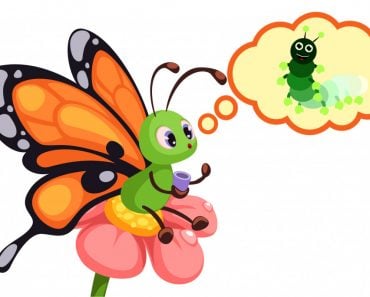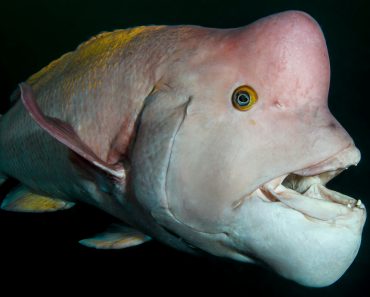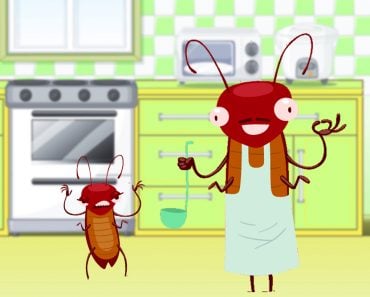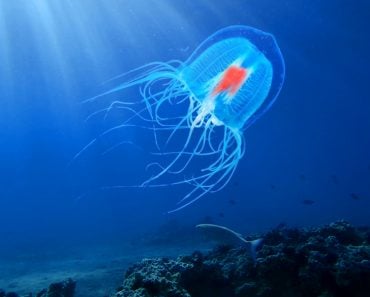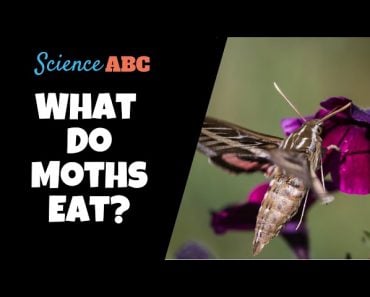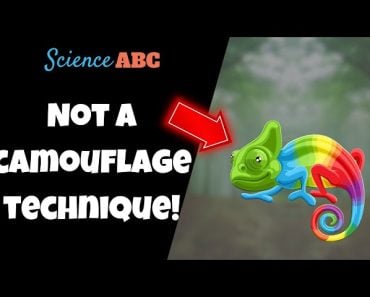Table of Contents (click to expand)
We all love babies—and baby animals! They look so adorable that we sometimes wish they would just stay like that! Do you think it’s possible for an animal to retain its baby form? The axolotl does exactly this. It remains in its larval phase, even as an adult.
Remember Peter Pan in Neverland, the boy who never never grew up and remained a child forever? Wouldn’t we all love to be him, forever stuck in the blossoming potential of youth!
Unfortunately, Peter Pan is merely a story and humans cannot remain frozen as children.
But one animal can and does “Peter Pan” its way through its lifespan. Meet the Axolotl, who maintains its teenage youthfulness even into adulthood.
Recommended Video for you:
The Axolotl Larva
Axolotls (Ambystoma mexicanum) are aquatic in nature and are members of the salamander group. In the wild, they’re found only in the water bodies of Mexico.
They have been named after the Aztec God Xolotl, the god of fire and lightning, who converted himself into an Axolotl for protection when he was being chased by other Gods (he was killed, nonetheless).
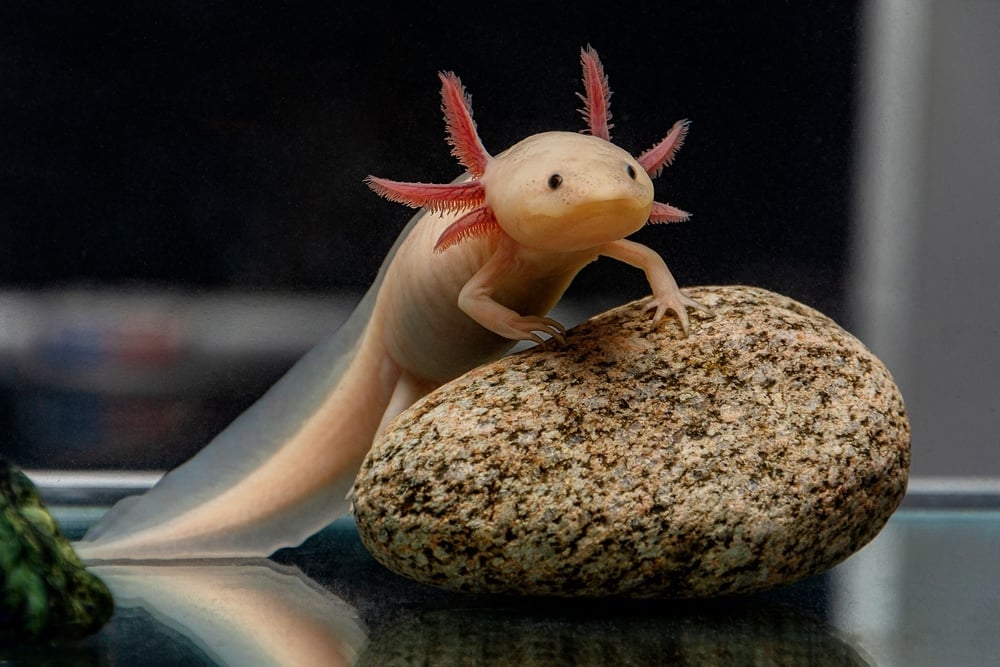
So, What Makes The Axolotl So Youthful?
Axolotls demonstrate something called neoteny. This is a process in which there is a slowing down of the development of an organism. In other words, animals that show neoteny remain in their juvenile form for much longer or never reach an adult form at all. That being said, the animal does become sexually mature, but a few traits remain from its juvenile state.
Most salamanders go through a regular metamorphosis (like how caterpillars turn into butterflies). The fertilized eggs laid underwater move into the larval stage, at which point they look like tadpoles. The larvae have gills that help them breathe in the water, a tail for swimming, as well as legs. The larvae feed and grow into juveniles first, and then later into adults. Juveniles move on to the land and develop lungs, and their legs become stronger too!
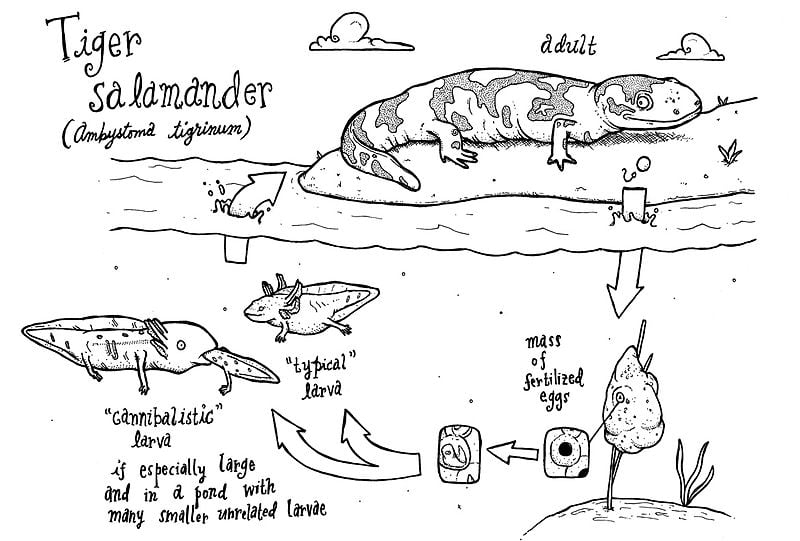
However, axolotls are obligatory neotenes, which means they never undergo a metamorphosis to complete their lifecycle.
How Does The Axolotl Remain In Larval Form?
Growth or metamorphic development happens in animals with the help of chemicals called hormones. In amphibians, like frogs and salamanders, a specific type of hormone called thyroid hormones control the process of metamorphosis.
The thyroid hormone system works like this.
The body secretes thyroxine, which needs to be converted to a compound that can actually get things done. This activation process requires another special chemical called an enzyme. Once thyroxine is activated, it brings about many changes in the shape and organs of the animal, due to which they metamorphose into an adult form.
In axolotls, there is a surge in thyroxine release when the animal is in its early larval stage. However, the enzyme that makes it active is not present in the larvae, which blocks the metamorphosis.
On a more technical note, they do become adults, all while retaining multiple characteristics from the juvenile stage.
A few examples of characteristics the pseudo-adult axolotl have are their tail, body fin, and external gills. They also lack moveable eyelids. This ability to retain juvenile or larval traits by an adult is called “pedomorphosis”. (As opposed to the process of metamorphosis that happens in animals like salamanders. Their larval stage looks fish-like and they change into adult amphibians by developing limbs and lungs).
These larval traits make them look kind of cute. They’ve also taken over the internet and have even been added to the Minecraft universe. There are also rumors that the creators of the dragon “Toothless” in the popular animated movie ‘How to Train Your Dragon’ took design inspiration from axolotls.
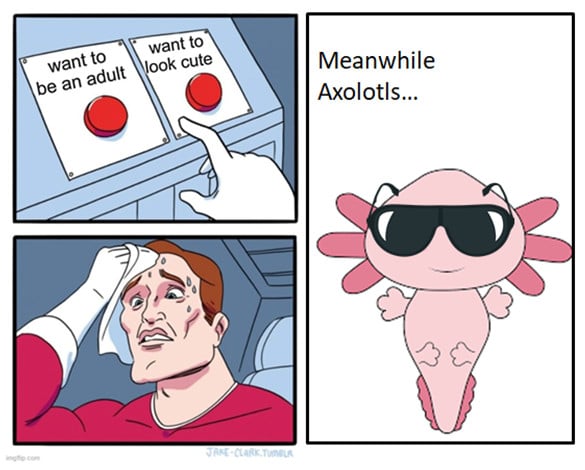
Axolotls’ neoteny is very important to humans in our study of stem cells because they have the ability to regenerate.
Unfortunately, axolotls in the wild aren’t thriving. Conservation experts say that this animal is found both “everywhere and nowhere.” Since they are visually appealing, axolotls are very popular in the pet trade, making them available in zoos and pet stores. They are also considered to be a delicacy. However, their numbers are decreasing in the wild. This is mostly because of pollution in rivers and the very young individuals being gobbled up by fish like carp and tilapia.
There are less than 1,000 of these creatures now, so they have been declared ‘Critically endangered’ by the IUCN in their Red List. These very special animals are in dire need of conservation and protection.
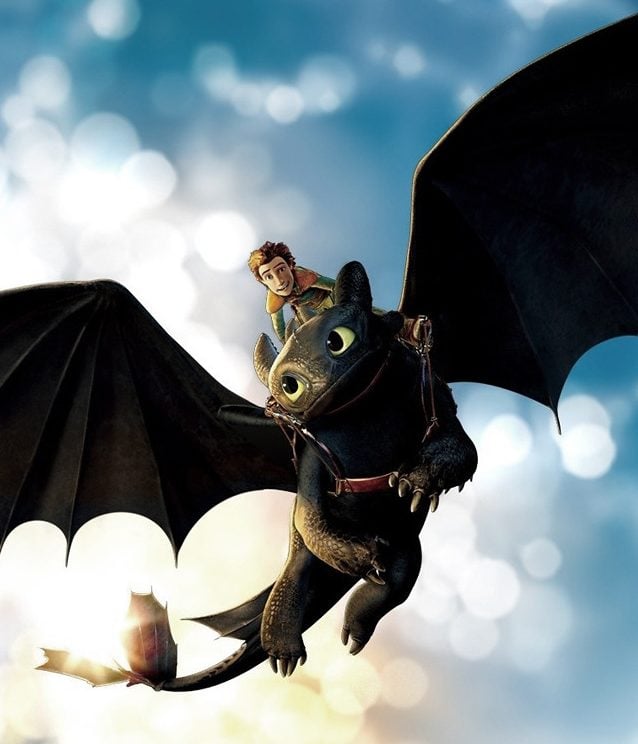
Is Neoteny Found Only In Axolotls?
Neoteny is not just restricted to axolotls. I’m not talking about other relatives of axolotls, I’m talking about humans!
Humans also have the ability to retain some of their juvenile characteristics in their adult state. We do not physiologically remain in our young stage, but we may possess certain facial or bodily features resembling that of a baby. Wide eyes, chubby cheeks, and less body hair are some examples. These features of neoteny are actually said to make the possessors of such traits more attractive to members of the opposite sex!
Neoteny represents youth, thereby suggesting that the person is young and fit enough to procreate. Interesting, huh?! You can read more about neoteny in humans and other animals here.
References (click to expand)
- Voss, S. R., & Shaffer, H. B. (1997, December 9). Adaptive evolution via a major gene effect: Paedomorphosis in the Mexican axolotl. Proceedings of the National Academy of Sciences. Proceedings of the National Academy of Sciences.
- Skulachev, V. P., Holtze, S., Vyssokikh, M. Y., Bakeeva, L. E., Skulachev, M. V., Markov, A. V., … Sadovnichii, V. A. (2017, April). Neoteny, Prolongation of Youth: From Naked Mole Rats to “Naked Apes” (Humans). Physiological Reviews. American Physiological Society.
- De Groef, B., Grommen, S. V. H., & Darras, V. M. (2018, September). Forever young: Endocrinology of paedomorphosis in the Mexican axolotl (Ambystoma mexicanum). General and Comparative Endocrinology. Elsevier BV.
- Voss, S. R., Woodcock, M. R., & Zambrano, L. (2015, November 1). A Tale of Two Axolotls. BioScience. Oxford University Press (OUP).
- Zambrano, L., Valiente, E., & Vander Zanden, M. J. (2010, February 7). Food web overlap among native axolotl (Ambystoma mexicanum) and two exotic fishes: carp (Cyprinus carpio) and tilapia (Oreochromis niloticus) in Xochimilco, Mexico City. Biological Invasions. Springer Science and Business Media LLC.
- Safi, R., Bertrand, S., Marchand, O., Duffraisse, M., de Luze, A., Vanacker, J.-M., … Laudet, V. (2004, February). The Axolotl (Ambystoma mexicanum), a Neotenic Amphibian, Expresses Functional Thyroid Hormone Receptors. Endocrinology. The Endocrine Society.
- Laursen, L. (2009, July 1). Salamander cells remember their origins in limb regeneration. Nature. Springer Science and Business Media LLC.
- Using How to Train Your Dragon to teach about endangered species, the scientific method, and popularization of science. (2021, February 23). Journal of Geek Studies.


